raptorman
TPF Noob!
- Joined
- Apr 17, 2009
- Messages
- 47
- Reaction score
- 0
- Can others edit my Photos
- Photos OK to edit
Can anyone tell me a good way to photograph objects behind glass with as less reflections as possible? I'm mainly thinking here about objects in a museum, so I'm limited to just using a camera. Thanks!



![[No title]](/data/xfmg/thumbnail/35/35263-86f580cf5d28d23109a45984030a79ad.jpg?1619736968)
![[No title]](/data/xfmg/thumbnail/38/38261-db20f6f92ee8f0d4c5cf1536e308638b.jpg?1619738546)
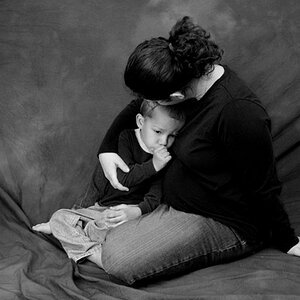
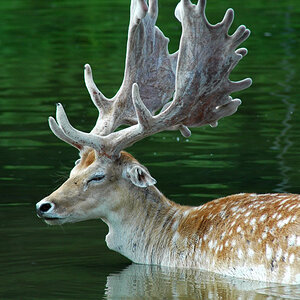
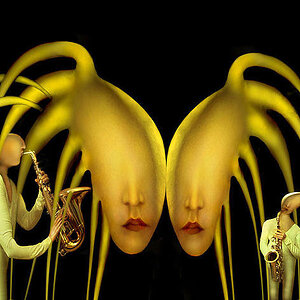
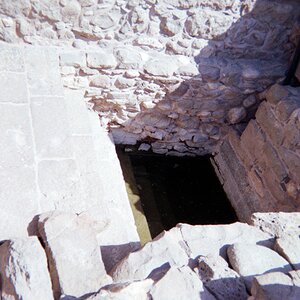

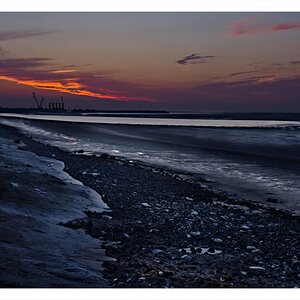
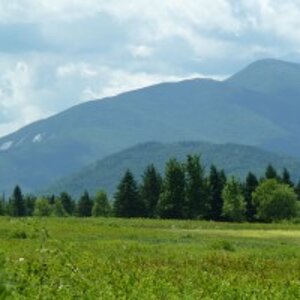
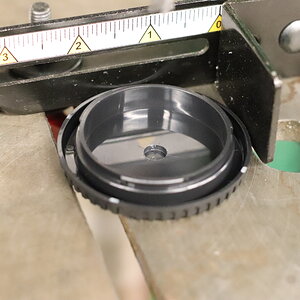
![[No title]](/data/xfmg/thumbnail/41/41892-d6f91fd1c816420825658ffaad56df78.jpg?1619739934)